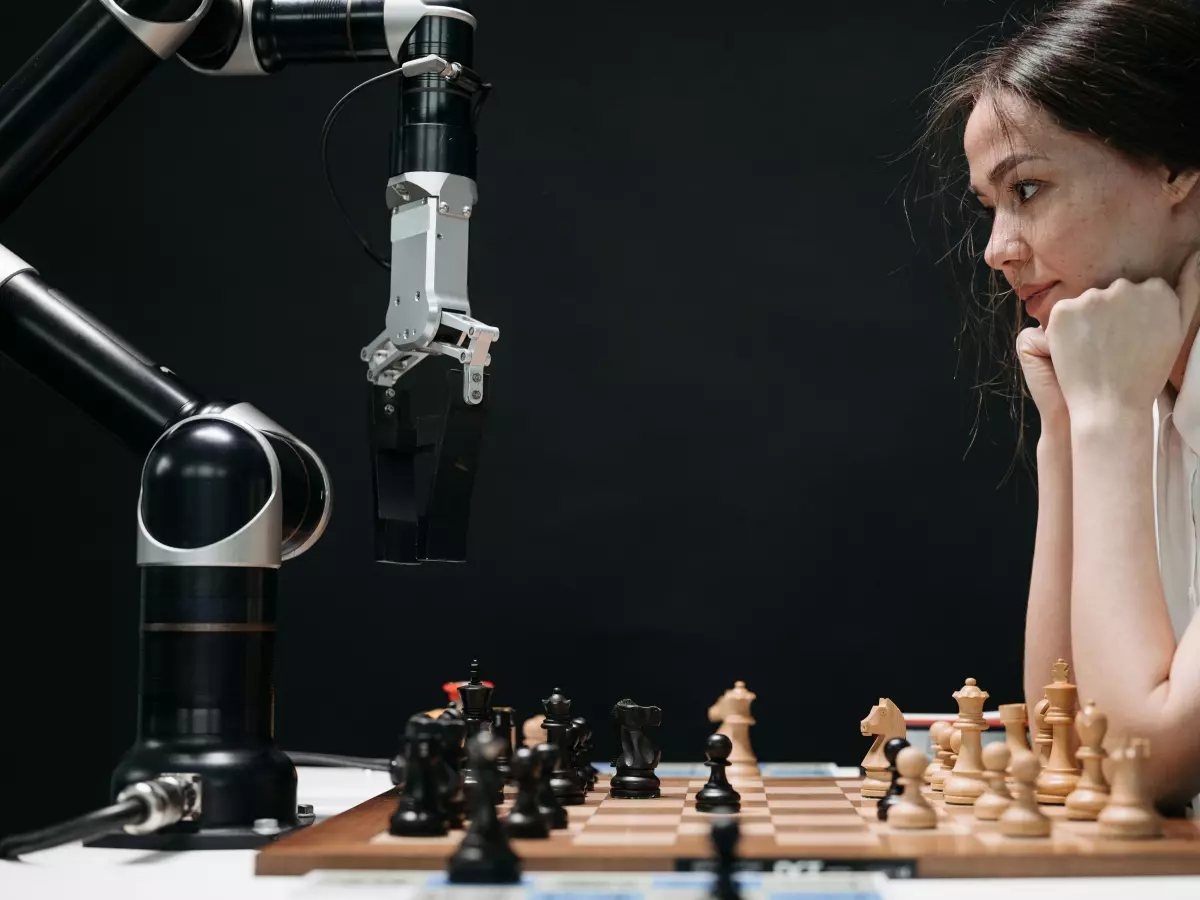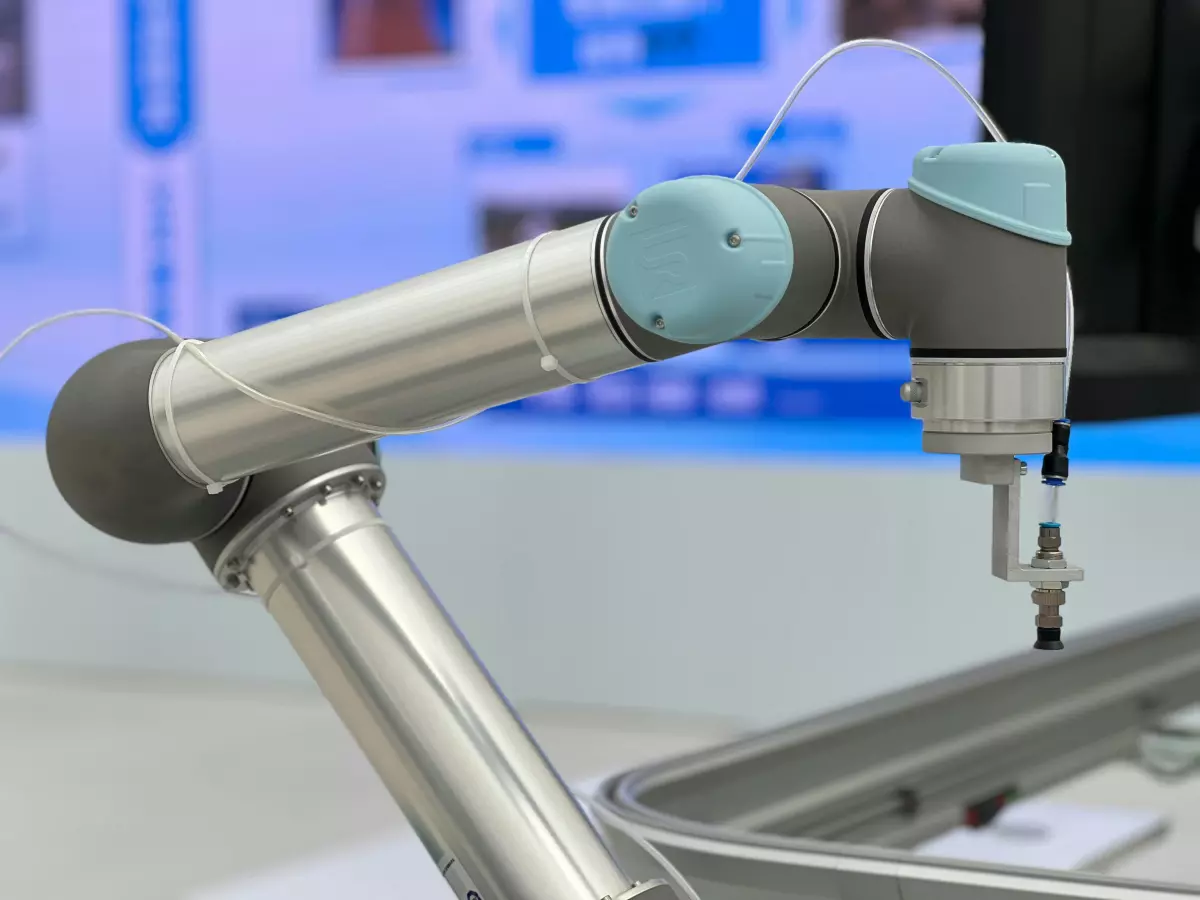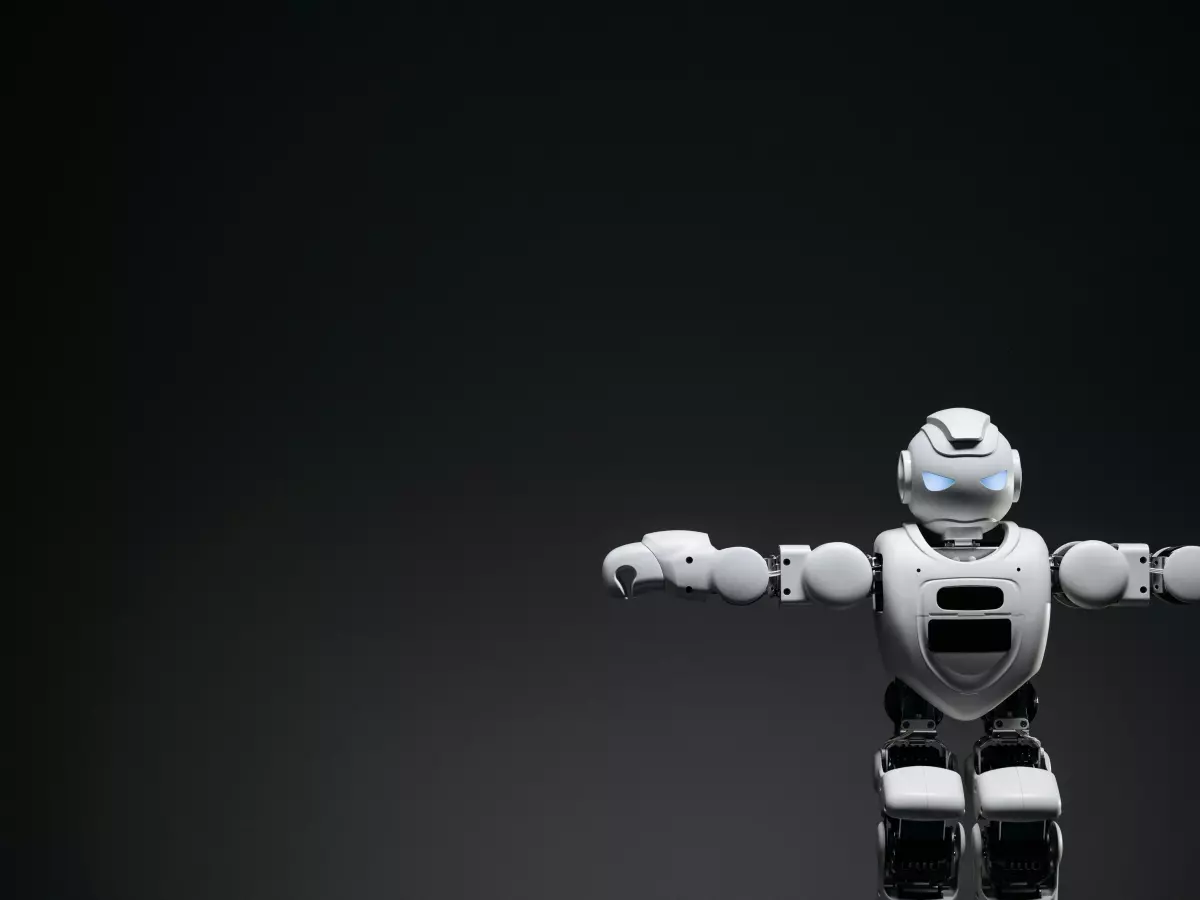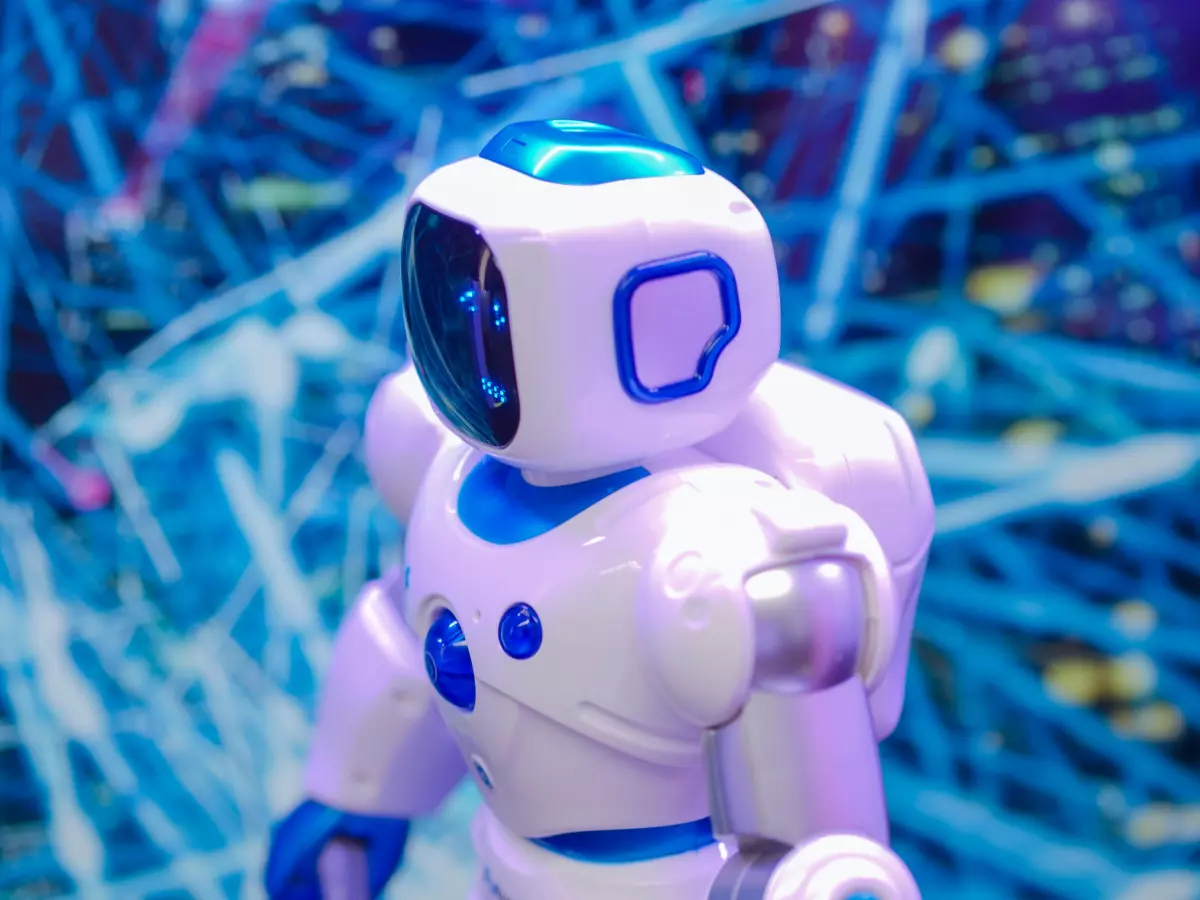Challenges in Humanoid Robots
“The real problem is not whether machines think but whether men do.” — B.F. Skinner
Skinner’s quote might be a bit of a brain-buster, but it’s spot-on when it comes to humanoid robots. Sure, we’re building machines that can walk, talk, and maybe even do the robot dance better than us, but the real challenge? Getting them to think—or at least sense—the world like we do. And trust me, that’s no small feat.
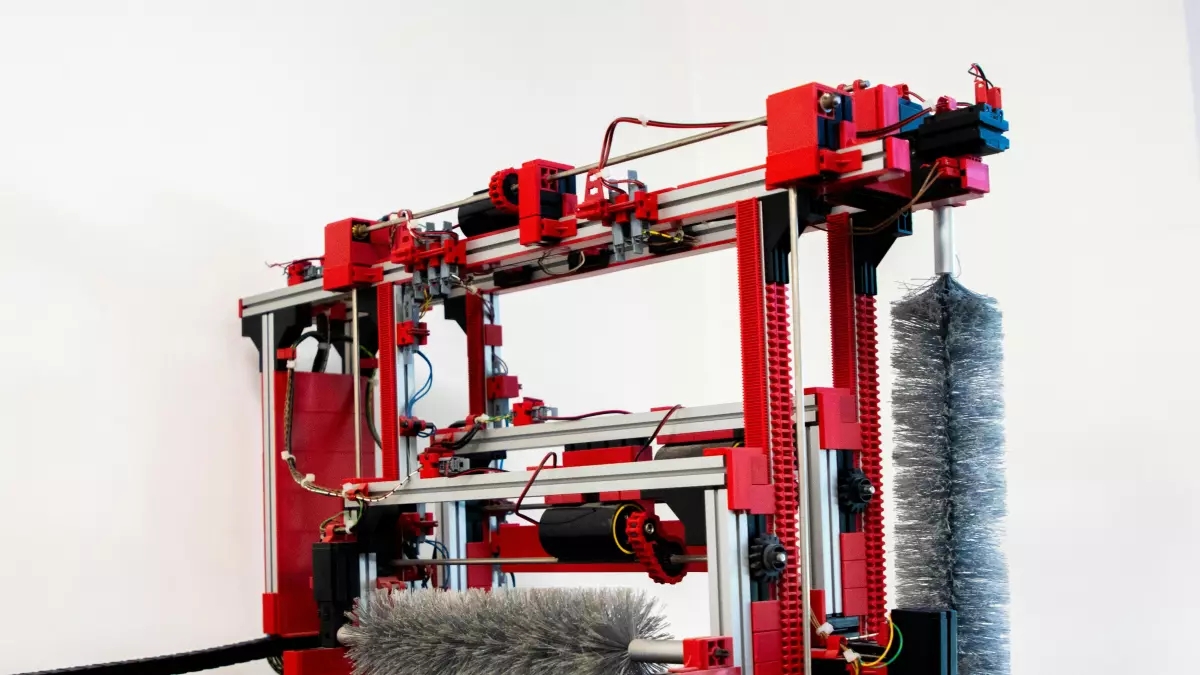
By James Sullivan
Humanoid robots are designed to mimic human motion, interaction, and even decision-making. But here’s the kicker: without sensors, they’re basically blindfolded, deaf, and numb. Sensors are the eyes, ears, and skin of these robots, allowing them to perceive and react to their environment. Sounds simple, right? Wrong. Integrating these sensors into a humanoid robot is like trying to juggle flaming swords while riding a unicycle. Let’s break down the top seven challenges engineers face when it comes to sensor integration in humanoid robots.
1. Precision vs. Overload
Imagine trying to listen to a podcast, watch a YouTube tutorial, and read an article all at once. Yeah, good luck. Humanoid robots face a similar challenge. They need to process a ton of sensory data in real-time—vision, touch, sound, balance, you name it. But here’s the catch: too much data can overwhelm the system, leading to slow or inaccurate responses. Engineers have to strike a balance between precision and data overload, ensuring the robot can react quickly without frying its circuits.
2. Sensor Placement: The Real Estate Problem
In the world of humanoid robots, sensor placement is prime real estate. You can’t just slap a sensor anywhere and call it a day. Each sensor has to be strategically placed to maximize efficiency and functionality. For instance, vision sensors need to be in the “head” for obvious reasons, but what about tactile sensors? Should they be concentrated in the hands, feet, or spread across the body? These decisions can make or break a robot’s ability to interact with its environment.
3. Power Consumption: The Energy Dilemma
Sensors don’t run on good vibes—they need power. And lots of it. The more sensors you integrate, the more energy the robot consumes. This creates a tricky balancing act: how do you give the robot enough sensory input without draining its battery faster than your smartphone on a TikTok binge? Engineers are constantly working on optimizing power consumption, but it’s a challenge that’s far from solved.
4. Sensor Fusion: Making Sense of the Chaos
Humans are pretty good at combining sensory inputs. You can hear someone talking while watching their lips move, and your brain fuses those inputs into a coherent experience. Humanoid robots? Not so much. Sensor fusion—combining data from multiple sensors to create a unified understanding of the environment—is a major challenge. It’s like trying to piece together a jigsaw puzzle where half the pieces are missing, and the other half are upside down.
5. Environmental Adaptation: The Wild Card
Humans are incredibly adaptable. We can walk on sand, ice, or gravel without thinking twice. Humanoid robots, on the other hand, struggle to adapt to changing environments. Sensors need to be fine-tuned to handle different terrains, lighting conditions, and even weather. A robot that can navigate a smooth office floor might trip over itself on a rocky trail. Engineers are working on making sensors more adaptable, but it’s a tough nut to crack.
6. Latency: The Speed Bump
In the world of robotics, milliseconds matter. If a humanoid robot’s sensors take too long to process data, the robot’s movements will be jerky or delayed. This is especially problematic in dynamic environments where quick reactions are crucial. Engineers are constantly battling latency issues, trying to reduce the time it takes for sensors to collect, process, and act on data.
7. Cost: The Elephant in the Room
Let’s not forget the almighty dollar. High-quality sensors don’t come cheap, and the more sensors you add, the more expensive the robot becomes. This creates a dilemma for engineers: how do you create a robot that’s both functional and affordable? Cutting corners on sensors can lead to poor performance, but going all out can make the robot prohibitively expensive. It’s a delicate balancing act that’s still being figured out.
So, what’s next for humanoid robot sensor integration? Well, the future looks promising, but there’s still a long way to go. Engineers are constantly innovating, developing new sensors, algorithms, and power solutions to tackle these challenges. As robots become more advanced, we’ll likely see improvements in everything from sensor fusion to environmental adaptation. But for now, the road ahead is full of obstacles—and that’s what makes it so exciting.
